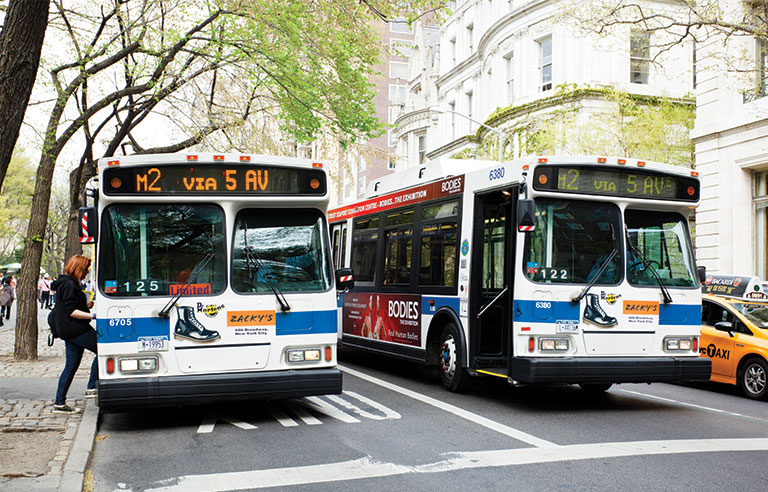
Public transport is an essential part of modern society, providing a convenient and affordable means of transportation for millions of people every day. However, many people are unsure about who owns and operates public transport systems. In this article, we will explore the ownership of public transport and its implications for society.
Firstly, it is important to note that the ownership of public transport varies from country to country. In some countries, such as the United Kingdom, public transport is owned and operated by private companies, while in others, such as China, it is owned and operated by the government. In the United States, public transport is typically owned and operated by local government authorities.
So, is public transport owned by the government? The answer is not straightforward, as it depends on the country and the specific transport system in question. However, it is safe to say that many public transport systems around the world are at least partially owned by the government.
One of the main reasons for government ownership of public transport is to ensure that it remains affordable and accessible to all members of society. Private companies may prioritize profits over providing affordable services, which can lead to higher fares and reduced accessibility for low-income individuals. Government ownership can also allow for greater regulation and oversight of public transport systems, ensuring that they meet safety and quality standards.
However, government ownership of public transport is not without its drawbacks. Government-run systems may be subject to bureaucratic inefficiencies and political interference, which can lead to delays and other issues. Additionally, government ownership can limit competition and innovation in the public transport sector, as private companies may be discouraged from entering the market.
In conclusion, the ownership of public transport varies from country to country, but many systems are at least partially owned by the government. While government ownership can ensure affordability and accessibility, it may also lead to inefficiencies and limited competition. Ultimately, the best approach to public transport ownership depends on the specific needs and circumstances of each society.






